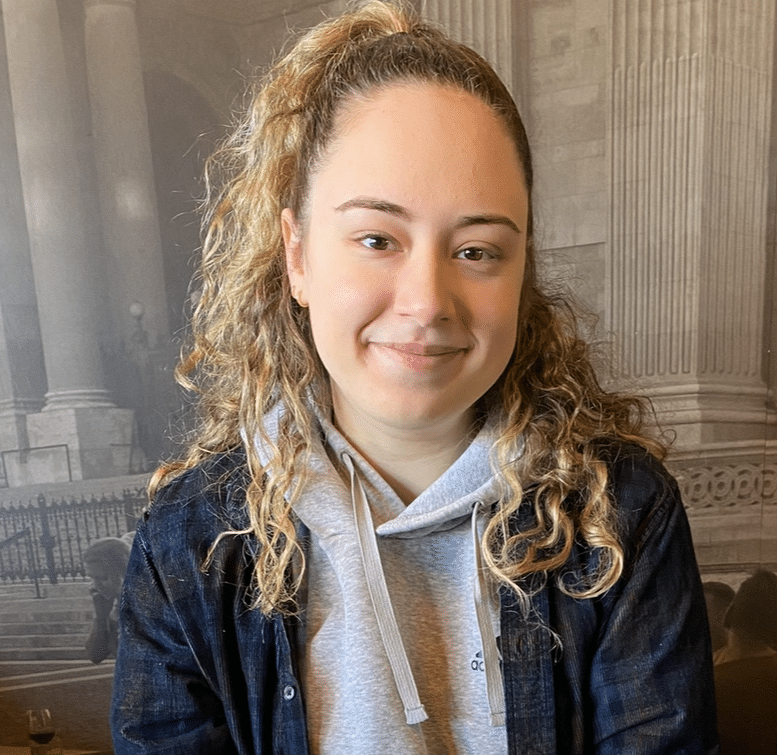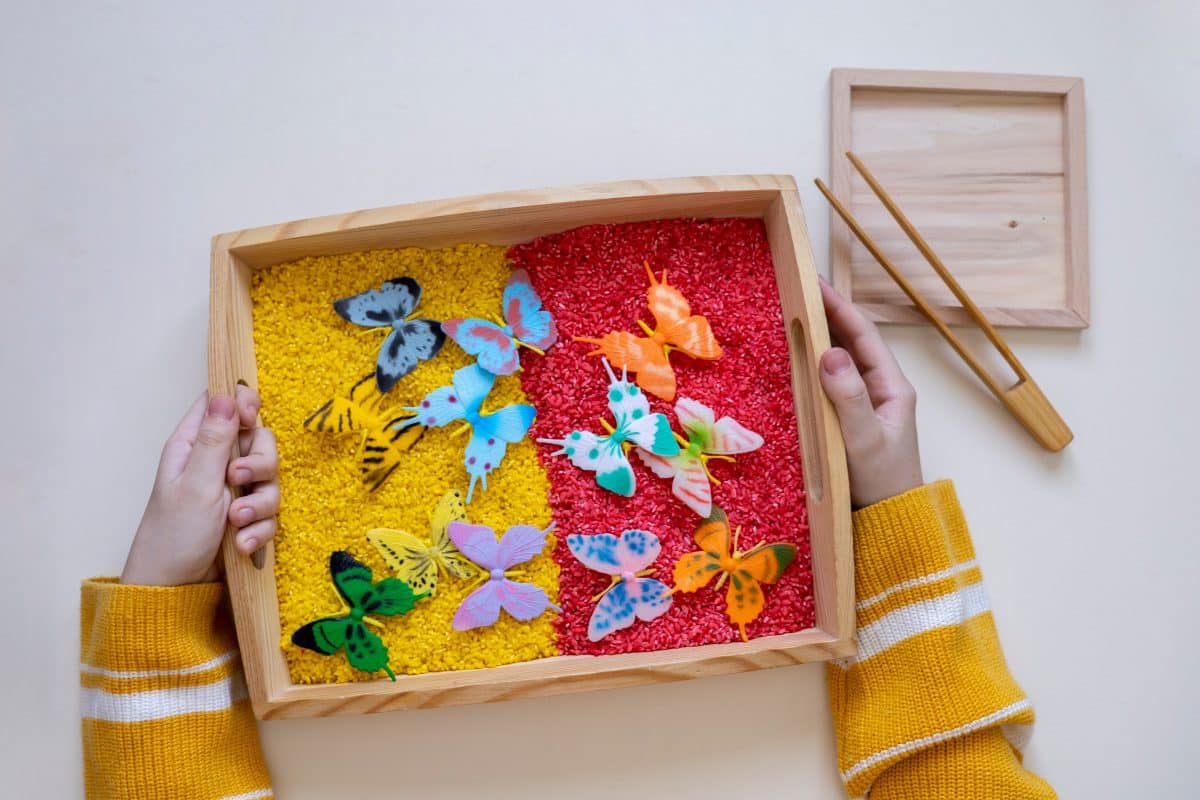Overview:
Whole-body sensory activities are hands-on experiences that engage multiple senses simultaneously, like moving, touching, seeing, hearing, and sometimes even tasting or smelling
In the bustling world of special education, where every day presents a new puzzle to solve and a fresh opportunity to empower young minds, innovation is the name of the game. As a devoted educator navigating the intricacies of an autism classroom, I’ve always been on the lookout for ways to make learning not just accessible but truly transformative for my students. And recently, I stumbled upon a game-changer: whole-body sensory activities. Whole-body sensory activities are hands-on experiences that engage multiple senses simultaneously, like moving, touching, seeing, hearing, and sometimes even tasting or smelling. Whole-body sensory experiences provide a holistic approach to addressing the sensory and developmental needs of children with autism, offering opportunities for sensory regulation, skill development, and meaningful engagement in learning and social activities.
Picture this: students are tired from an hour-long ELA lesson, and their bodies are itching for movement. Students are getting up from their seats or wiggling around in their chairs. As an educator, I had to look at myself and think, “What am I doing wrong? What can I do differently to support the needs of my students?”
Whole Body Sensory Activities
Now, picture this: we finish our ELA lesson, and right away teachers and teacher assistants are pulling out the trampoline, scooters, and setting up obstacle courses. Students are already getting up and getting ready to go to a station where they will be able to release their energy and recharge their joy. Welcome to the world of whole-body sensory activities—a realm where learning transcends the confines of traditional teaching methods and embraces the boundless potential of dynamic movement.
Let’s rewind for a moment. Like many educators, I initially relied on static sensory experiences—think playdough and tactile toys—to address my students’ sensory needs. While these interventions certainly had their merits, I couldn’t shake the feeling that they only scratched the surface of what my students truly craved. That’s when inspiration struck: what if we took sensory play to the next level?
Sensory Integration
It was during a conversation with our school’s occupational therapist that the seeds of this idea were sown. Drawing on their expertise in sensory integration and motor skills development, the occupational therapist and I embarked on a collaborative journey to reimagine sensory activities in our classroom. Together, we explored innovative ways to engage students’ bodies and minds, pushing the boundaries of traditional sensory play to unlock new avenues for learning and growth. And thus, the concept of whole-body sensory activities was born.
Thus began our dive into the world of whole-body sensory activities—a journey marked by excitement, experimentation, and, ultimately, profound transformation. Gone were the days of passive sensory exploration; instead, my students embarked on exhilarating adventures that engaged their bodies, minds, and spirits in equal measure. Whole-body sensory experiences are activities that engage multiple senses simultaneously and typically involve movement and stimulation. These activities can include various forms of sensory input, such as touch, sight, sound, movement, and sometimes taste and smell. Since these activities include multiple senses, they support students more fully in regulating their sensory needs than static sensory experiences that may just touch upon one sense at a time.
Shift in Demeanor and academic performance
The results were nothing short of remarkable. As my students immersed themselves in these dynamic challenges, I witnessed a profound shift in their demeanor—a newfound sense of confidence, agency, and joy radiating from each and every one of them. But the benefits didn’t end there.
One of the most striking outcomes was the impact on academic performance. With minds sharpened and senses heightened after each sensory break, my students approached their lessons with renewed focus and determination. Concepts that once seemed daunting now became conquerable challenges, as they eagerly absorbed new knowledge and honed their skills with unparalleled enthusiasm.
Perhaps the most compelling evidence of success came from the data itself. Tracking my students’ progress over time, I was astounded by the exponential growth they exhibited since the introduction of whole-body sensory activities. From improved attention spans to enhanced motor skills and executive functioning, the evidence spoke volumes—this innovative approach was not just effective, but truly transformative.
Takeaway from the Journey
What’s the takeaway from this journey? It’s simple: in the ever-evolving landscape of education, innovation is key. By embracing the principles of whole-body engagement and sensory enrichment, we can create learning environments that not only meet the diverse needs of our students but also foster a genuine love for learning—one dynamic sensory experience at a time.
As I reflect on the remarkable strides made by my students, I’m reminded of the profound impact that innovative teaching practices can have in unlocking their limitless potential. And as I look to the future, I’m filled with excitement and optimism, knowing that the journey towards educational excellence is just beginning.
So, to all the parents, teachers, and advocates out there, I urge you to join me on this exhilarating journey. Together, let’s embrace the power of whole-body sensory activities and unlock the boundless potential within every child. After all, when it comes to education, the sky’s the limit—and with a little creativity and a whole lot of heart, anything is possible.

Talia Morgado is a seasoned educator based in the New York City metropolitan area, specializing in special education, autism, and bilingual Spanish education. Passionate about advocating for special education, particularly for families facing language barriers, Talia works to ensure equal access to information and curriculum for all. She holds a Master’s degree in Teaching, Learning, and Curriculum with a concentration in Teaching ESL, along with a Bachelor’s degree in Elementary and Special Education.





